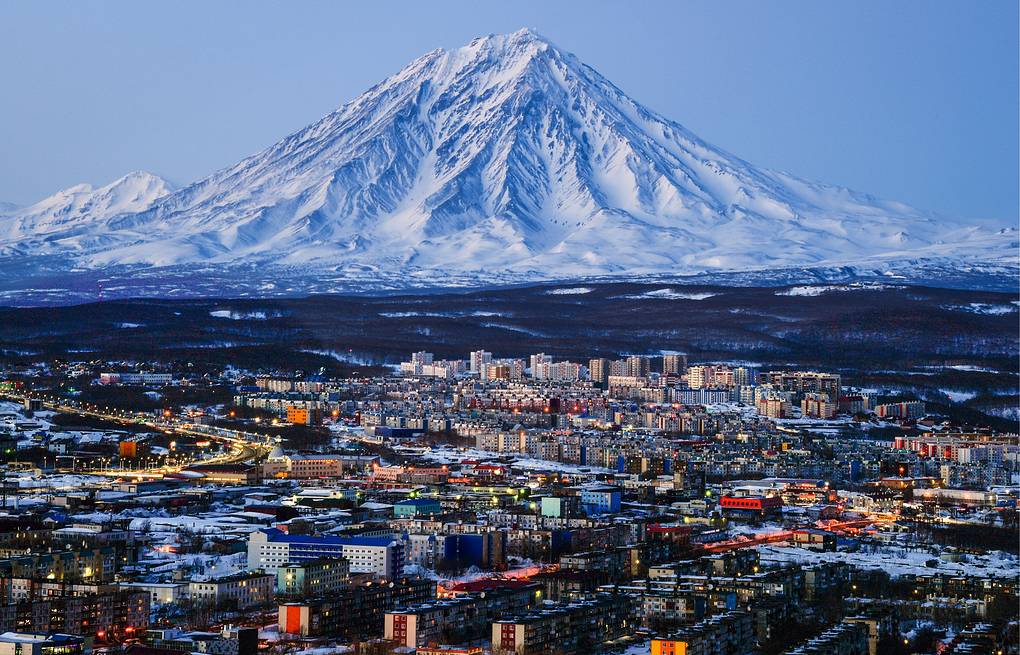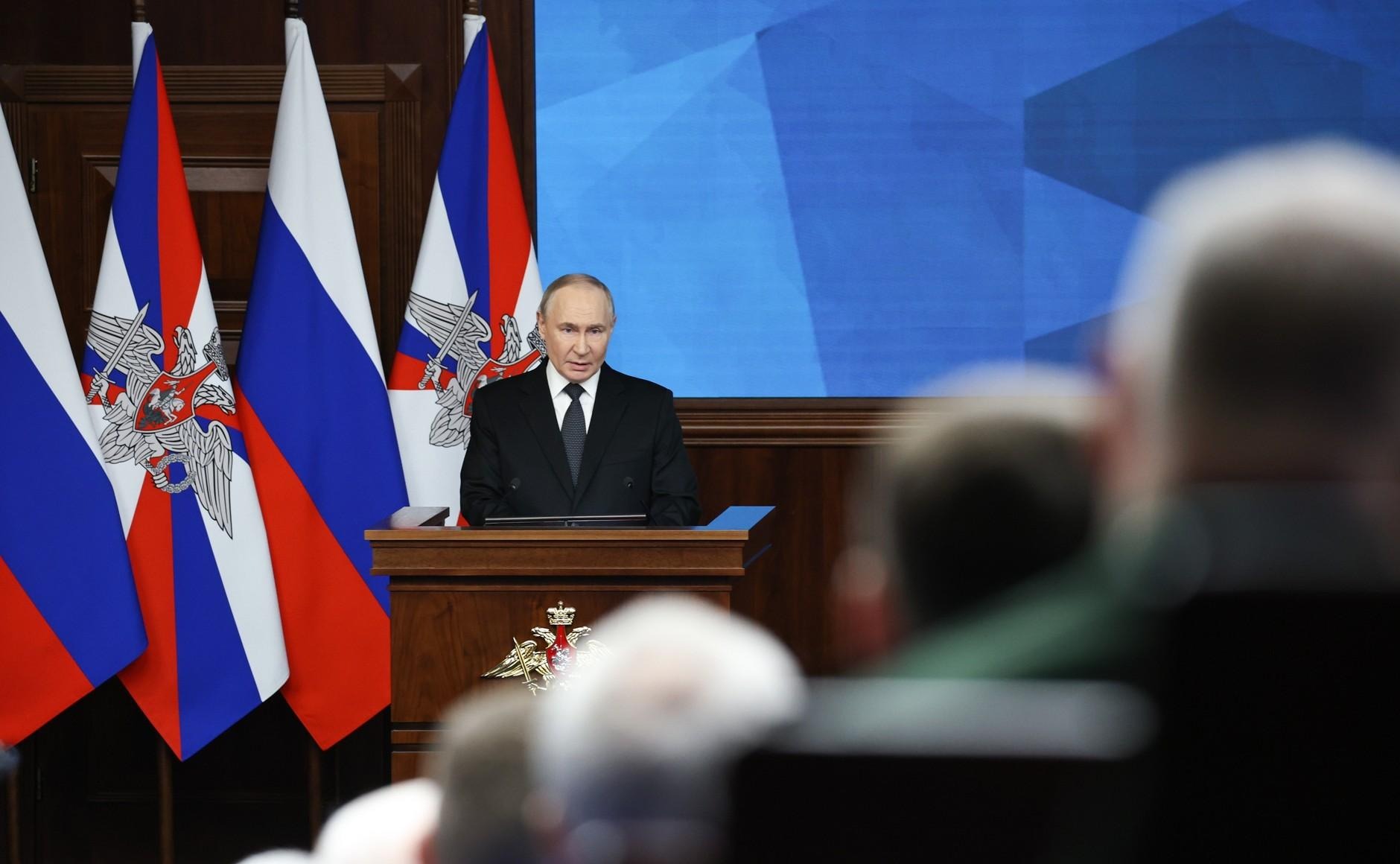
Moscow Alarmed by Kyiv’s Interest in Russian Far East—and With Good Reason
Moscow Alarmed by Kyiv’s Interest in Russian Far East—and With Good Reason
In recent days, the world has been focusing on Ukrainian-backed incursions into some Russian regions bordering Ukraine. Nevertheless, three developments over the past week strongly suggest that Moscow is also alarmed by growing Ukrainian involvement inside the Russian Federation thousands of miles to the east at the other end of the country. First, the Russian Federal Security Service has arrested a man in Vladivostok and charged him with seeking to undermine Russia’s security and territorial integrity. If convicted, the man, identified only as a resident of that city, itself likely an indication that he is Ukrainian or at least of Ukrainian heritage, would face life in prison (T.me/tass_agency; Novayagazeta.eu, June 7). Second, Ukraine, long interested in non-Russian and especially ethnic Ukrainian areas in the Russian Federation (known as “wedges”) as potential allies, has signaled that it plans to focus on ethnic communities, including those Ukrainians who do not have their own state institutions, as Kyiv believes they are more inclined to anti-Russian radicalism than are those non-Russians who do have such autonomies however restricted those institutions’ powers may be (T.me/russiaisover, June 2; Idel-ural.org, June 4). And third, Russian President Vladimir Putin has indicated how worried he is about ethnic Russian flight from border regions, including the Far East, by ordering governors in these places to develop programs to hold the ethnic Russian populations there and thus block any secessionist moves (Ura.news, June 6).
These developments have attracted new attention to the “green” wedge of Ukrainians in the Russian Far East, a community that arose in the 1890s and that Moscow has worked hard to suppress since the Bolshevik Revolution. The region, until recently, had been treated by most as a historical curiosity with little contemporary relevance. Its history is complicated; for more background, see Ivan Svit’s fundamental memoir-study Ukrainian-Japanese Interrelationships (in Ukrainian, 1972); John Stephan’s The Russian Far East (1994); Vyacheslav Chernomaz’s The Ukrainian National Movement in the Far East (in Russian, 2005; Cheloveknauka.com, accessed June 8); Olga Khomenko’s The Far Eastern Odyssey of Ivan Svit (in Ukrainian, 2021); and Marina Aronova’s recently released survey of the emergence of the green wedge a century ago and the surviving memories about it (Siberia.Realities, June 7). (For discussions on other Ukrainian wedges inside Russia, see Window on Eurasia, June 12, 2014, November 11, 2022; EDM, January 24.)
Acting on the principle that “the enemy of my enemy is my friend,” Kyiv has devoted increasing attention to the non-Russians within Russia and especially to the Ukrainian wedges. President Volodymyr Zelenskyy even mimicked former United States President Ronald Reagan in declaring the Russian Federation “an evil empire”—thus implying that it should be subject to decolonization (President.gov.ua, September 28, 2022; see EDM, October 13, 2022).
Until earlier this year, however, Moscow officials, at least publicly, were largely dismissive of the wedge issue in the Far East, accepting at face value the Soviet and Russian census reports that the share of Ukrainians in the population there had plummeted through re-identification, forcible and otherwise. The Kremlin continued to take these reports as wholly accurate, even though academic studies sometimes challenged their legitimacy (Window on Eurasia, March 27, June 7, 2018; Regnum, June 9, 2018). But in January 2023, Nikolai Patrushev, secretary of the Russian Security Council, conceded that Ukrainians in the Russian Far East retain their Ukrainian identity and as such constitute a threat to Russia’s territorial integrity. Specifically, he said “in the southern parts of the Far East … a significant number of people consider the culture of the Ukrainian people to be their native one” (Aif.ru, January 10; see for comparison, EDM, January 18)
This week, Putin has taken up the issue, telling Magadan Governor Sergei Nosov that he and other regional leaders must take immediate steps to block threats to Russia’s territorial integrity by preventing the outflow of ethnic Russians and the rise of any outside challenges to that (Ura.news, June 6). Given that the Russian president directed his remarks at a governor in the Russian Far East, it seems clear that Putin is worried about both the general emptying of the Russian population from borderlands and the possibility of a Ukrainian challenge to the Kremlin’s rule in that region. Putin’s words and the arrest of the Vladivostok resident likely presage a new and broader crackdown against anything related to Ukraine in the Russian Far East—an action that may receive less attention than similar moves closer to the Russian capital. However, this inattention could prove counterproductive not only because it highlights Moscow’s fears but also because it may encourage ethnic Ukrainians and others to believe that they have more possibilities than they had believed up to now. If that should prove to be the case, Moscow will have a challenge on its hands far greater than the recent incursions in Belgorod.
Although neglected up to now, the Ukrainian greed wedge was a powerful force a century ago—so powerful that Moscow was more worried about it than about the anti-Bolshevik Whites in Vladivostok. As Aronova notes in her article, when the Red Army entered the city on October 25, 1922, the first people the Soviet secret police arrested “were not White officers but about 200 leaders and activists of the Ukrainian movement” (Siberia.Realities, June 7). These included not just members of the Ukrainian government but “even school teachers. All Ukrainian organizations were disbanded, and their property confiscated.” Yet, fearful of sparking a reaction by executions or public trials, the Soviets waited until January 1924 to bring Ukrainian leaders to trial and then imposed remarkably mild sentences compared to those handed out by the Soviet authorities elsewhere, a clear reflection of the strength of Ukrainian feelings and of the weakness of Soviet power east of the Urals at that time. (For additional details on these trials, see Ivan Svit, The Trial of Ukrainians in Chita, in Ukrainian, 1964).
To be sure, Putin has even greater reasons to be concerned about Russian flight from the borderlands, especially east of the Urals, as depopulation of those regions is leading outside powers, including China, to look at them as potentially easy pickings for themselves at some point in the future. (For the latest scandal on that point, see the report about Chinese maps designating places in Russia with their earlier Chinese names: Vpoanalytics.com, June 5). But those are longer-term worries. Now, the green wedge is reemerging as a source of concern in the minds of the Kremlin. It may soon reemerge in the streets of the Russian Far East as well.


